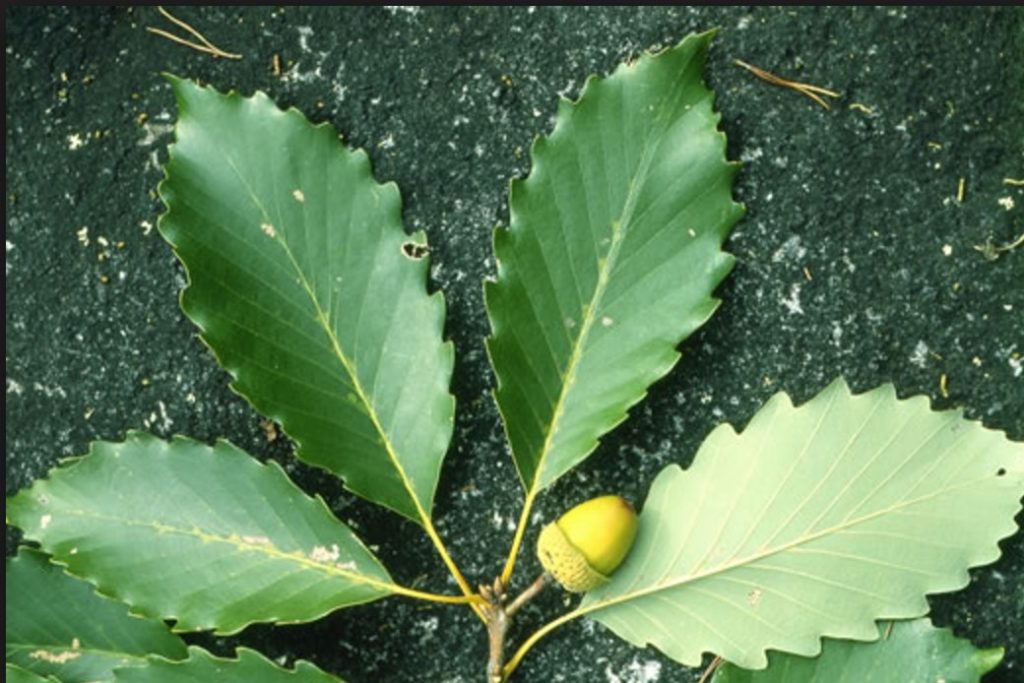
Besides my love of trees, I also very much enjoy riding my bicycle. This past weekend I traveled to the Harrisonburg area for some mountain biking. During my trip, I was reminded of the many different varieties of trees that grow in Virginia’s higher elevations. While there are many trees that exist in both Richmond and the mountains, there are a few that you won’t find here.
The point of this article is to help you identify some of the common tree species found in Virginia’s Blue Ridge Mountains. Next time you’re up there, whether it be for a hike, a mountain bike ride, or even just some peace and quiet, see if you can point out these trees!

Striped Maple
- The striped maple (Acer pensylvanicum) is a small tree that can be found all over the Appalachian mountains, from Canada to Georgia. It’s very shade tolerant and can be identified by its very large leaves, especially in relation its typically very small trunk.

Chestnut Oak
- Okay, so the chestnut oak (Quercus montana) is somewhat common among the Richmond area, but it truly thrives in the higher elevations of the Blue Ridge. Richmond is right on the eastern edge of its natural habitat. Chestnut oaks typically like to grow in dry, rocky areas, typically on ridge tops. As a result these trees are not typically very large in this environment.

American Chestnut
- The American chestnut (Castanea dentata) honestly deserves its own article. Once one of the most important trees in North America, the chestnut has been devastated by a blight since the early 20th century that nearly wiped out the population. Today smaller trees and saplings can be found in the mountains, but eventually they will succumb to the blight. Their telltale serrated leaves are a dead giveaway, as are their spiky nuts which can often be found littering the ground.

Yellow Birch
- The Yellow birch (Betula alleghaniensis) gets its name from its gold-colored bark. The tree has a similar shiny exfoliating bark to a cherry tree. It can reach heights of 60-80 feet, making it one of the tallest birch tree varieties in the world.
More From Urban Forest Dweller
admin
July 23, 2024 · 4 minute read
Peter Girardi
July 23, 2024 · 1 minute read
Greg Crews
July 10, 2024 · 4 minute read


